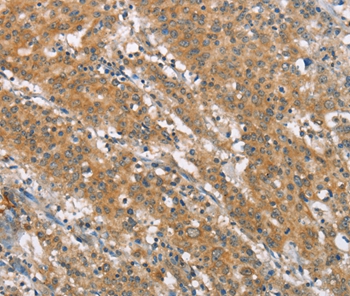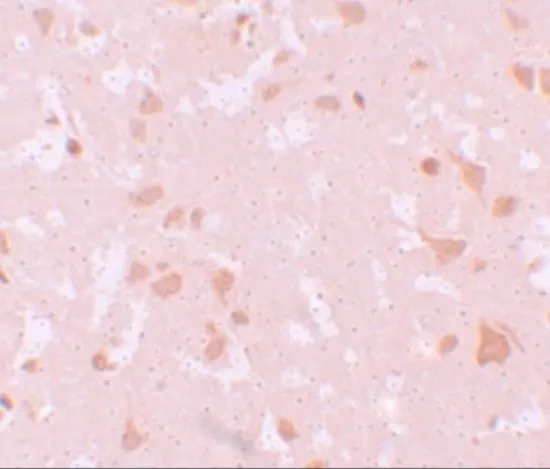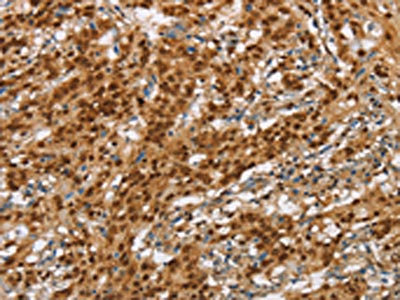NLRP7 antibody [N3C2], Internal
GTX120931
ApplicationsImmunoFluorescence, Western Blot, ImmunoCytoChemistry, ImmunoHistoChemistry, ImmunoHistoChemistry Paraffin
Product group Antibodies
TargetNLRP7
Overview
- SupplierGeneTex
- Product NameNLRP7 antibody [N3C2], Internal
- Delivery Days Customer9
- Application Supplier NoteWB: 1:500-1:3000. *Optimal dilutions/concentrations should be determined by the researcher.Not tested in other applications.
- ApplicationsImmunoFluorescence, Western Blot, ImmunoCytoChemistry, ImmunoHistoChemistry, ImmunoHistoChemistry Paraffin
- CertificationResearch Use Only
- ClonalityPolyclonal
- Concentration0.76 mg/ml
- ConjugateUnconjugated
- Gene ID199713
- Target nameNLRP7
- Target descriptionNLR family pyrin domain containing 7
- Target synonymsCLR19.4, HYDM, NALP7, NOD12, PAN7, PYPAF3, NACHT, LRR and PYD domains-containing protein 7, NACHT, LRR and PYD containing protein 7, NACHT, leucine rich repeat and PYD containing 7, PYRIN-containing Apaf1-like protein 3, nucleotide-binding oligomerization domain protein 12, nucleotide-binding oligomerization domain, leucine rich repeat and pyrin domain containing 7
- HostRabbit
- IsotypeIgG
- Protein IDQ8WX94
- Protein NameNACHT, LRR and PYD domains-containing protein 7
- Scientific DescriptionThis gene encodes a member of the NACHT, leucine rich repeat, and PYD containing (NLRP) protein family. It has an N-terminal pyrin domain, followed by a NACHT domain, a NACHT-associated domain (NAD), and a C-terminal leucine-rich repeat (LRR) region. NLRP proteins are implicated in the activation of proinflammatory caspases through multiprotein complexes called inflammasomes. This gene may act as a feedback regulator of caspase-1-dependent interleukin 1-beta secretion. Alternative splicing results in multiple transcript variants encoding different isoforms. [provided by RefSeq]
- Storage Instruction-20°C or -80°C,2°C to 8°C
- UNSPSC12352203
References
- Li G, Tian X, Lv D, et al. NLRP7 is expressed in the ovine ovary and associated with in vitro pre-implantation embryo development. Reproduction. 2019,158(5):415-427. doi: 10.1530/REP-19-0081Read this paper
- Akoury E, Zhang L, Ao A, et al. NLRP7 and KHDC3L, the two maternal-effect proteins responsible for recurrent hydatidiform moles, co-localize to the oocyte cytoskeleton. Hum Reprod. 2015,30(1):159-69. doi: 10.1093/humrep/deu291Read this paper








